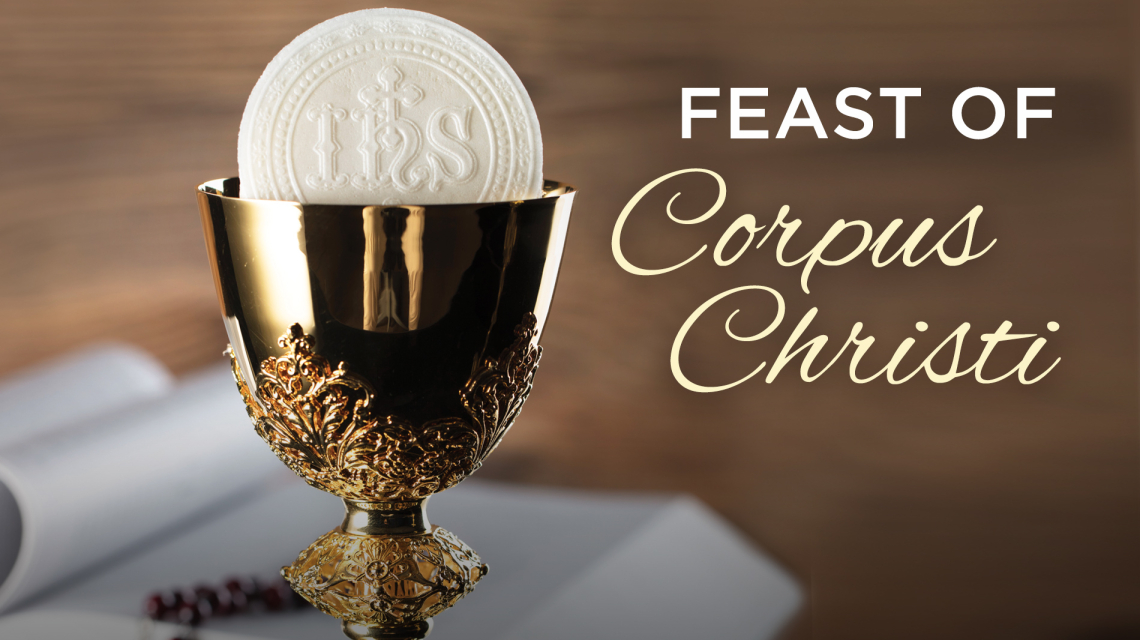Feast of Corpus Christi

"My flesh is true food, and my blood is true drink. Whoever eats my flesh and drinks my blood remains in me and I in him." (John 6:55-56)
The Solemnity of the Most Holy Body and Blood of Christ, also known as the Feast of Corpus Christi, is a celebration of the real presence of Christ in the Eucharist. On this day, we recall the institution of the Eucharist at the Last Supper.
While the Last Supper is also commemorated on Holy Thursday, the Solemnity of the Most Holy Body and Blood of Christ focuses solely on the gift of the Eucharist. The mood is also more joyous than that felt on Holy Thursday, the day before Christ's Passion and death.
The traditional date for the Feast of Corpus Christi is the Thursday after Trinity Sunday. However, in the United States, the solemnity ifs shifted to the following Sunday. In 2025, it will be on June 22.
Eucharistic Processions and Celebrations
The feast is often marked by eucharistic processions, during which the Blessed Sacrament is carried in a monstrance through the church and into the streets. To bring the Blessed Sacrament into the public provides a unique opportunity for him to move people in ways that we do not know and may never understand. It is also an opportunity to unite ourselves to his prayer to the Father that all people find salvation and fulfillment in him, especially praying that his grace move the hearts of the people. You'll find a list of some parish celebrations below.
Corpus Christi Parish, Winslow
Following the 9 a.m. Mass at Notre Dame du Perpetual Secours Church, 116 Silver Street in Waterville, there will be a procession to the nearly Blessed Sacrament Chapel where there will be eucharistic adoration. Participants will then process back to the church for refreshments.
Holy Family Parish, Greenville
Following the 10 a.m. Mass, there will be a eucharistic procession from Holy Family Church, 145 Pritham Avenue in Greenville, to the Greenville Town Gazebo on Sunday, June 22. Participants will then return to Holy Family Church for Benediction, followed by a luncheon. All are welcome to participate!
Parish of the Holy Eucharist, Falmouth
A Mass and Eucharistic Procession will be held at Sacred Heart Church, 326 Main Street in Yarmouth at 10 a.m. The 8 a.m. and 11 a.m. Masses are being combined into one beautiful, and elevated Holy Mass followed by a eucharistic procession and benediction. Additionally, eucharistic adoration will be held at Sacred Heart Church following the 4:00 pm Anticipatory Mass on June 21 through 9 a.m. on Sunday and at Holy Martyrs Church, 266 Foreside Road in Falmouth on Sunday, June 22 from 11:30 am. to 5:15 p.m.
Portland Peninsula & Island Parishes
On June 22, following the 10 a.m. Mass at the Cathedral of the Immaculate Conception, 307 Congress Street in Portland, there will be a Corpus Christi eucharistic procession with the Blessed Sacrament through the streets of Portland to bear public witness to our faith in the real presence of Christ in the Eucharist. All families, parish groups, and ministries are encouraged to attend this beautiful tradition.
Prince of Peace Parish, Lewiston
In celebration of the Feast of Corpus Christi on June 22, everyone is invited to participate in a eucharistic procession through the streets of Lewiston. The procession will begin immediately following the 11 a.m. Mass a Holy Family Church, located at 607 Sabattus Street, continue down Sabattus Street for about a mile, and conclude at the Basilica of Ss. Peter & Paul, located at 122 Ash Street. At the basilica, Father Daniel Greenleaf, pastor of Prince of Peace Parish, will offer a blessing of the city. There will then be Benediction in the basilica hall, followed by refreshments.
St. Brendan the Navigator Parish, Camden
St. Brendan the Navigator Parish will celebrate the Feast of Corpus Christi with processions following the 8 a.m. Mass at St. Bernard Church, 150 Broadway in Rockland, following the 8:30 a.m. Mass at St. Francis of Assisi Church, 81 Court Street in Belfast, and following the 11 a.m. Mass at Our Lady of Good Hope Church, 7 Union Street in Camden.
St. Joseph Parish, Ellsworth
Following the Sunday, June 22, 8 a.m. Mass, there will be a eucharistic procession around the St. Joseph Church property, 231 Main Street in Ellsworth.
St. Michael Parish, Augusta
A Solemnity of Corpus Christi procession and celebration will be held on June 22 at St. Augustine Church, 75 Northern Avenue in Augusta. The 10:30 a.m. Mass will be followed by exposition of the Blessed Sacrament, midday prayer at noon, an outdoor barbecue from 12:30 to 2:30 p.m., praying of the Divine Mercy Chaplet at 3 p.m., and then a procession of the Blessed Sacrament at 3:30 p.m. to St. Monica Chapel.
St. Paul the Apostle Parish, Bangor
In celebration of the Solemnity of the Most Holy Body and Blood of Christ, St. Paul the Apostle Parish will hold a eucharistic procession on Sunday, June 22, that will begin at St. Matthew Church, 70 Western Avenue in Hampden, following the 10:30 a.m. Mass. All ministries, parish groups, and parishioners are encouraged to participate in the procession through Hampden.
Origins of the Feast Day
The origins of the Feast of Corpus Christi date back to the 13th century and Pope Urban IV, who was influenced by two separate occurrences.
The first was a vision experienced by Sister Juliana of Mont Cornillion, a nun from Belgium who, from an early age, had a great love for the Blessed Sacrament. She believed a special feast should be held in its honor and is said to have had a vision of the Church as a full moon with a dark spot, symbolizing the absence of the feast. She took her cause to Church leaders including the Bishop of Liege and the Archdeacon of the Cathedral of Liege. The bishop began celebrating the feast in his diocese. The archdeacon would go on to become Pope Urban IV, who would become further convinced after witnessing a eucharistic miracle.
It took place outside of the little Italian town of Orvieto. A priest who experienced doubts regarding the true presence of Christ in the Eucharist was offering Mass at a small chapel, when suddenly the host began to bleed. Not sure what to do, he traveled to the neighboring city of Orvieto, where Pope Urban resided at that time. After hearing his account, the pope asked the bishop to investigate and to bring the blood-stained host back to Orvieto. The pope and a delegation met the bishop at his return and processed with the miraculous host to the cathedral, where the host remains to this day.
As word of the eucharistic miracle spread, a special feast day was designated, first locally, and then, in 1254, Pope Urban issued a papal bull establishing the feast for the universal Church, placing it on the Thursday after Trinity Sunday. Unfortunately, Pope Urban died one month later, and the feast would not become more widely celebrated until the 14th century.
Pray the Eucharistic Revival Corpus Christi Novena









